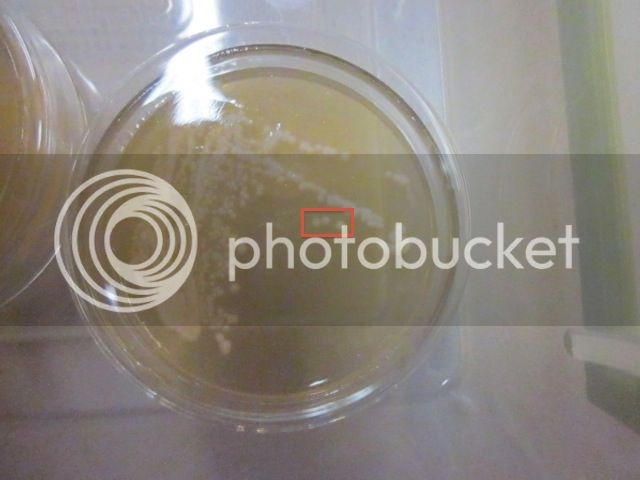Apparently the word "trouble" bothers you. That's fine. Replace it with "extra time and effort." 90 minutes (by your estimate) to rinse, including an extra transfer, vs. 30 seconds to pour some slurry into a sanitized mason jar.
Now, I'm perfectly willing to put in extra time and effort if it offers a reasonable benefit. I assume you think rinsing does because, I'll paraphrase, "it lets the trub fall into a corner so you can pour the CLEAN yeast out." I would strongly suggest reading the work Steven Deeds has done on this topic here:
http://woodlandbrew.blogspot.com/2012/12/yeast-washing-exposed.html
Among his more interesting findings is that the ratio of trub to viable yeast is the same throughout the rinsing container. Meaning, we're not really separating clean yeast from the trub by rinsing, we're just tossing most of it out. And that nasty trub we're so worried about, it's mostly protein that's actually beneficial to yeast as it aids in cell wall development, according to Fix. I was also surprised to learn that the top portion we try to collect contains a much higher level of bacteriological content, up to 100x more than in the bottom portion. So much for being cleaner....
Lastly, my takeaway from the OP was not that we all should do yeast counts or math, but rather the exact opposite since other more knowledgeable people (e.g., Fix, Daniels, Bamforth et al.) have already done that for us. Because of them, we can skate by with the simple rule-of-thumb that 1 cup of fresh slurry is enough for 5 gallons of 1.048 wort.
My reply probably sounds more snide or confrontational than I intend, and for that I apologize. I'm sure my tone would come across better if we were discussing over a couple pints. Heck, I'd even buy the next round.

Let me just first say that that's an awesome post. But let me add my corrections first....
(1) There is 90 minutes of
waiting. But maybe 180 seconds of
actual work versus your claimed 30 seconds of actual work, which... if you're doing it properly... will still be sterilizing the jars by boiling them for 5 minutes, which means you're still going to be doing that full 180 seconds of actual work that yeast rinsing requires. The ONLY real time spent
waiting is for the boiled water to cool && for the trub to fall to the bottom of the carboy. So we're talking 87 minutes of
waiting is really what you're complaining about. There is NO EXTRA EFFORT, other than putting the boiled water & jars into the freezer. That is the ONLY bit of extra effort, as compared to the "save ALL the yeast cake" method. If that's what you consider to be trouble, then I can tell I wouldn't put you at the top of list of homebrewers that I'd be interested in tasting their beer (I don't have any list, but you get the idea.

).
(2) I will look at your link about yeast rinsing not completly removing the trub, but at the same time... I know that the author is not rinsing yeast properly if he is still getting trub in his first jar. By angling the carboy/fermenter so that the trub falls into a corner, waiting 30 minutes for the trub to fall to that corner, and using an auto-siphon... there will be ABSOLUTELY ZERO trub in your jars.
That is yeast rinsing. I already know that whatever he did is the wrong way.
(3) The bit about throwing out the "nasty trub" actually being beneficial for the yeast is something that I hadn't really thought about... but when I think of "nasty trub" it is primarily hops that are not included in my next recipe. For example, my buddy and I got some yeast from an IPA from a local brewery. We only wanted to make a pale ale. What I consider a half-ass rinsing is to remove the trub from the completely new recipe, yet leave the "dirty water" in without pouring it off. A full rinsing would require *all* the yeast to drop (which takes a week or so) and leave clear liquid above. That would remove virtually every last possible ounce of old recipe from the new. But simply removing the hops is a bit better than not removing it at all, IMHO. Sure, the old, "nasty trub" is beneficial for the new recipe... but the new, "clean trub" is really what I'm after in my new recipe, and it's JUST as beneficial.
(4) I disagree that the OP thinks that yeast counting isn't important, as that's precisely what he's doing.... but he's doing it from a standpoint of a "rule-of-thumb" that's based on some generic recipe, which who knows what that is. The amount of hops changes with each recipe. The initial yeast count changes with each recipe. The various yeasts change their own final count with each recipe. It is virtually impossible for the homebrewer to do a yeast count, but it's far more accurate to spend the extra
5 seconds of work to put the boiled water into the freezer and the extra
87 minutes of waiting for the water to cool and the trub to fall in the carboy/fermenter.

But anyway.... I enjoyed your post and will read your link fully now. Just think that it is ZERO extra trouble to rinse the old trub, other than waiting. But "patience is a virtue" is an understatement when it comes to making good beer. And if yeast count is as important as the OP claims, an extra 87 minutes of waiting sure ain't gonna hurt and can only bring about the best consistency that any typical homebrewer is going to realize.













































![Craft A Brew - Safale BE-256 Yeast - Fermentis - Belgian Ale Dry Yeast - For Belgian & Strong Ales - Ingredients for Home Brewing - Beer Making Supplies - [3 Pack]](https://m.media-amazon.com/images/I/51bcKEwQmWL._SL500_.jpg)














 ).
).
